Everyone loves plants and feels to grow them at home but drop the idea thinking that will you be able to grow them properly. But now don’t worry! As there are many options for houseplants that are hard to kill and will grow well no matter your lifestyle.
1. Moth orchid
The moth orchid is also known as Phalaenopsis. These plants are the most beautiful and hard-to-kill houseplants. The moth orchid will add more colors to your living room. You can soak the bulb of the plant in water each week, not for too long. Every couple of years repot the plant. The moth orchid should be kept in medium indirect light.
2. Pothos
Pothos are also known as devil’s ivy. This plant grows heart-shaped green, gold, and white leaves. Care for a pothos plant is pretty straightforward they do not require any extra things as they grow well in bright indirect light and low light. Pothos has no problem with nutrient-rich or nutrient-poor soil. It is ok if you forget to water them as they can be grown in dry soil as well.
3. Money Plant
Money plant is a great hard-to-kill indoor plant. This plant is easy to grow and needs less maintenance. It can be suitable to plant them in a pot with sufficient holes. Money plant does best when kept in indirect light and also doesn’t require much watering.
4. Air Plant
This is a unique plant. With its name, you must have understood that it is supposed to grow in the air. Air plant does not require soil. These are super easy to care for. You can actually get away with Air plants by just dipping them in water for a short while every 10 days. The plants would just grow well.
5. ZZ Plant
ZZ Plant or Zamioculcas Zamiifolia. Due to its green glossy leaves sometimes resemble a fake wax plant. It actually needs the same attention as the fake ones. This plant is hard to kill and can almost grow even in neglect for a while. ZZ Plant can grow faster if kept in bright light it will also do well in other lighting situations.
6. Christmas Cactus
Christmas Cactus are also called Schlumbergera. There are over six to nine species found in this plant. They are one of the most popular plants because of their blooms. Christmas Cactus produce very colorful flowers like pink, yellow, orange, red, or purple. This plant grows well in standard succulent soil mixtures. As it needs well-drained soil. Christmas Cactus do well in humid areas.
7. Bromeliad
Bromeliad plants can light up the space of the house. This plant needs infrequent watering. As they can grow even in shallow pots without much fuss. Bromeliad can grow in shaded areas or even in darker areas as well. Many bromeliads are able to store water in a structure formed by their tightly overlapping leaf bases. As they are among the most hard-to-kill plants.
8. Chinese Evergreen
Chinese evergreen is another hard-to-kill plant. This species can survive in very low light also. The leaves of this plant slowly grow dark green and sometimes pink also. Chinese Evergreen does not require fertilization and also doesn’t need frequent watering. This plant helps to decorate the house and also removes the common household air toxins formaldehyde and benzene.
9. Umbrella Tree
The umbrella tree is also called Heptapleurum arboricola. This tree has two types one Schefflera arboricola and another Schefflera actinophylla. Umbrella trees can grow in lower light but do best when kept in bright indirect light. They need very low maintenance. It is ok if you don’t water it regularly.
1o. Madagascar Dragon Tree
Madagascar Dragon Trees are one of the easiest indoor plants and hard-to-kill species. This plant has variations in leaf sizes, leaf colors, and different trunk types. Madagascar Dragon Trees can grow in bright indirect light and also in fluorescent lights. This plant has low maintenance.
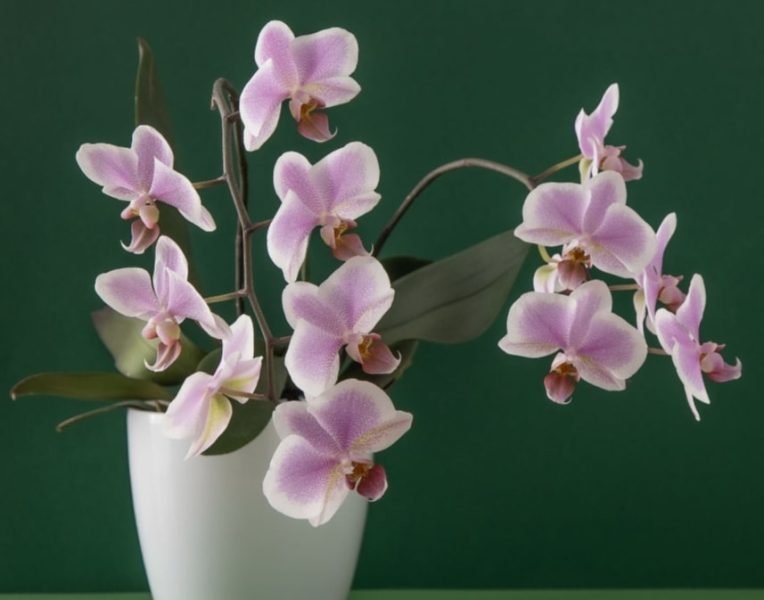
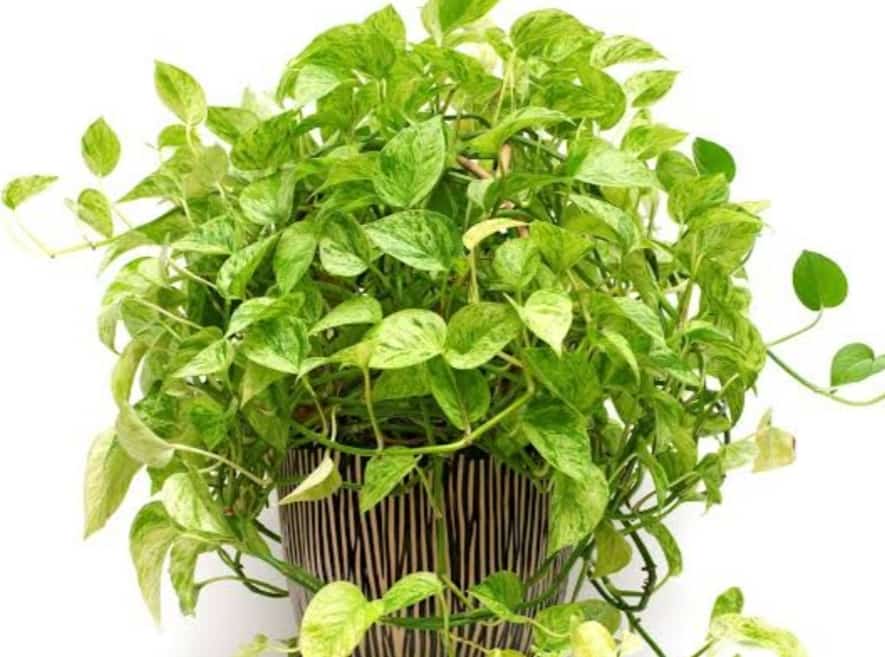
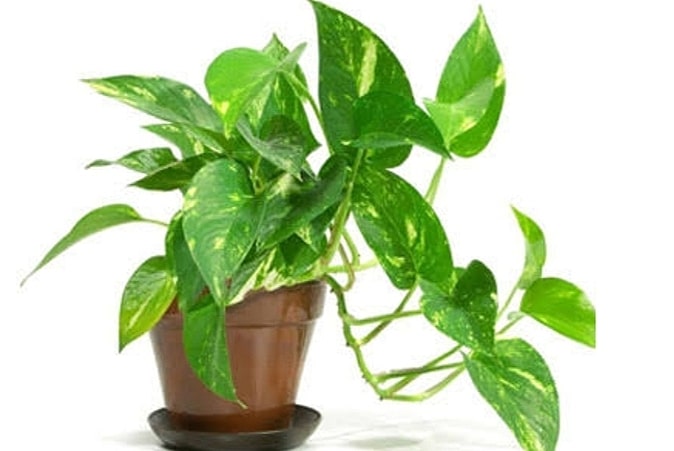

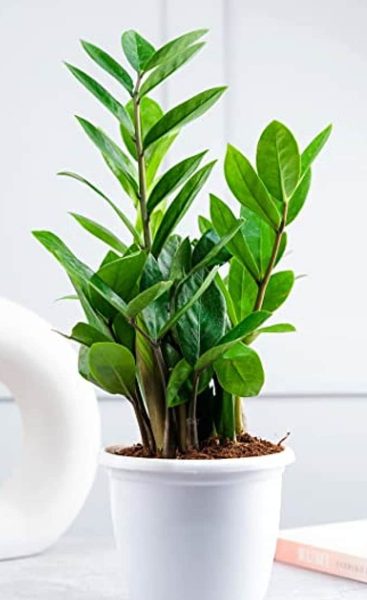
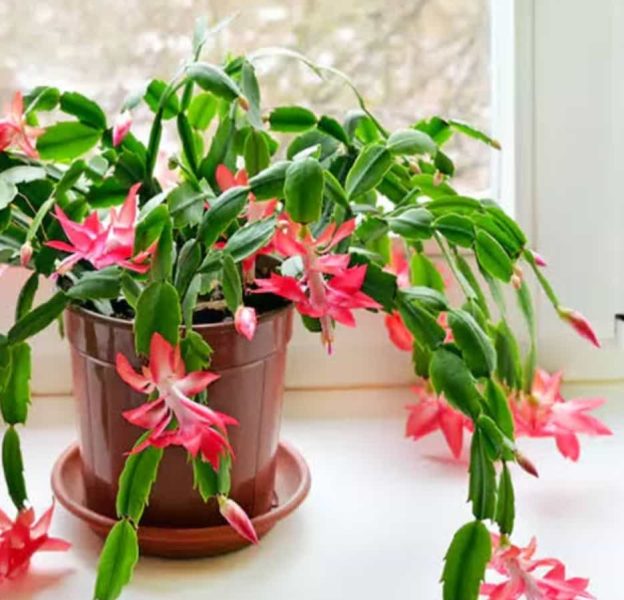
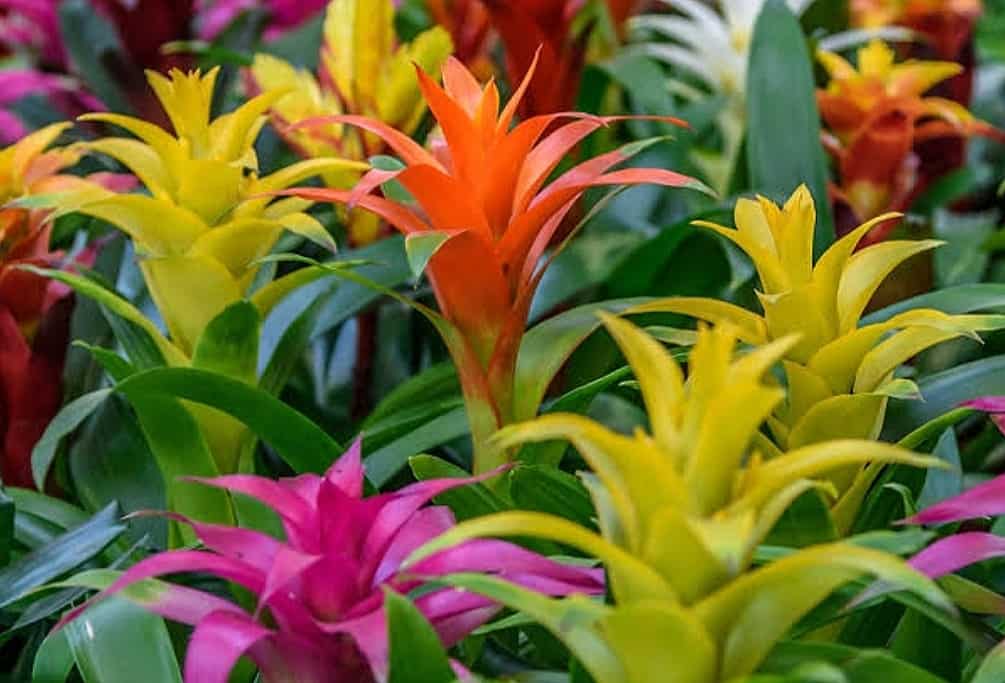
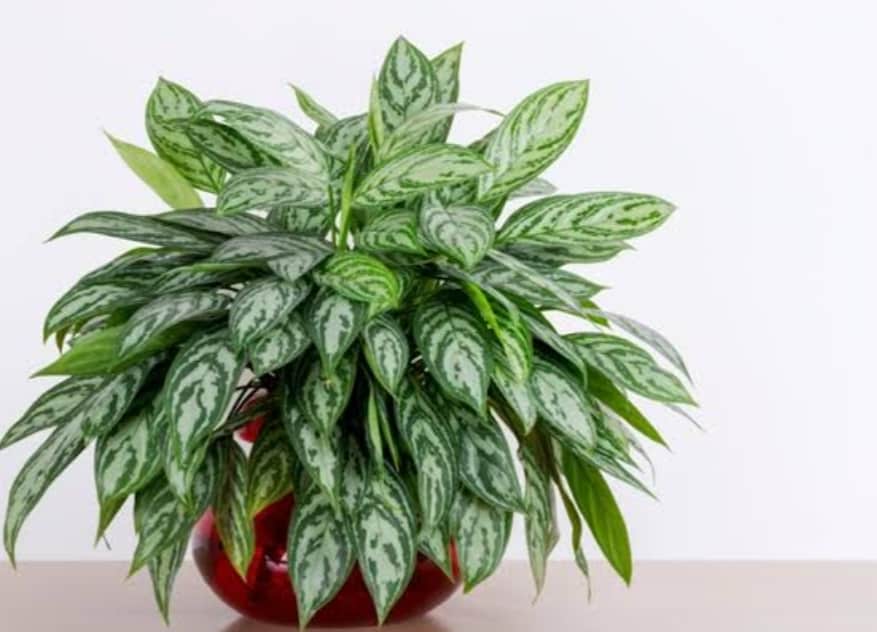
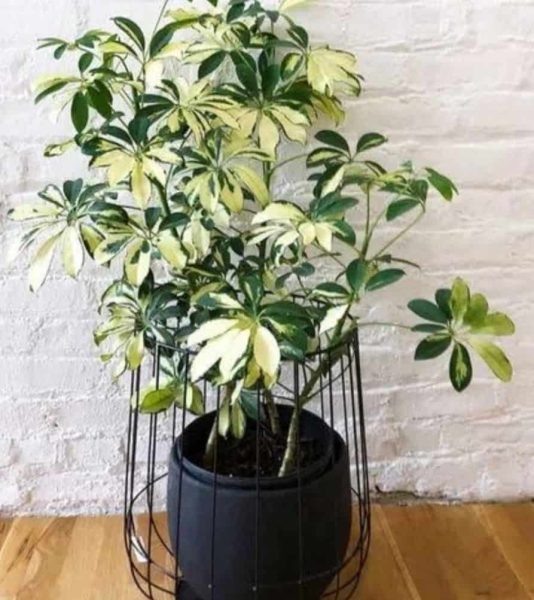
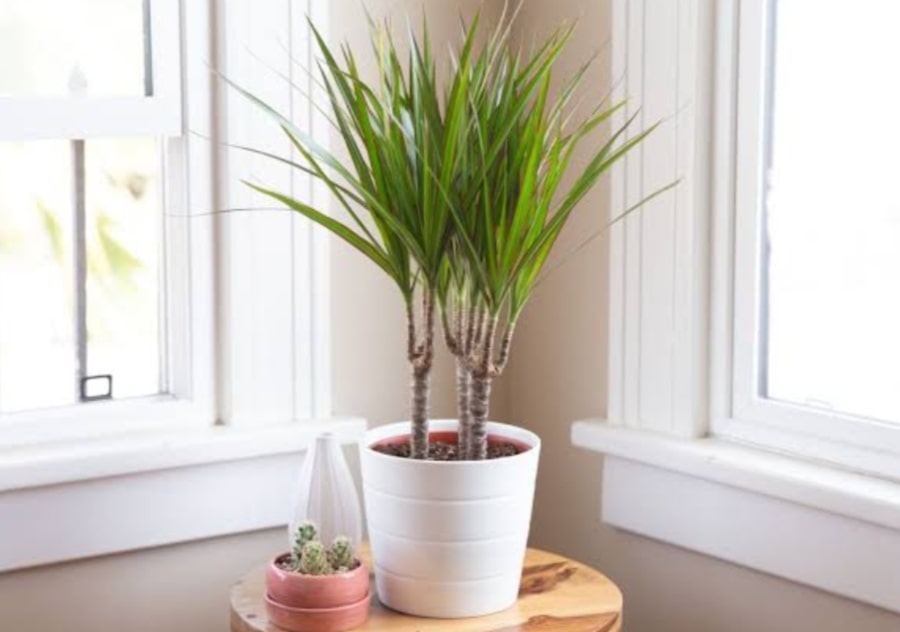
Thank you for the Tips